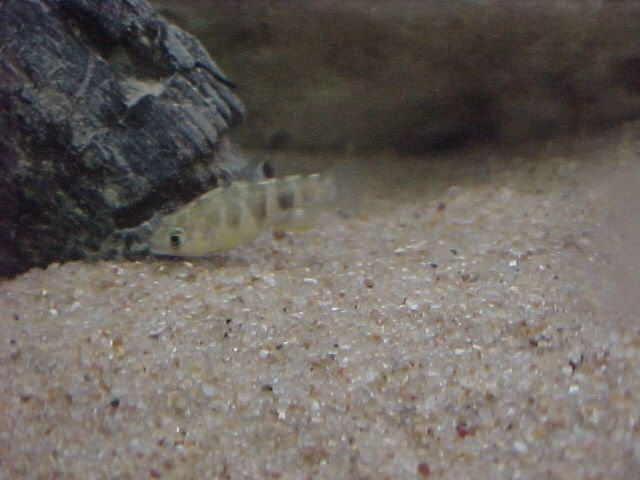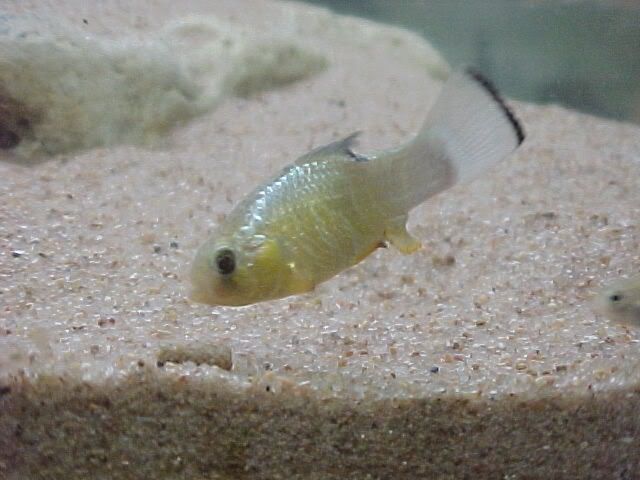

< 2" long.
Seen in fresh water drainage.
TIA.
Posted 14 May 2010 - 05:22 PM


Posted 14 May 2010 - 06:25 PM
Posted 14 May 2010 - 08:43 PM
Posted 15 May 2010 - 01:14 AM
That would be ideal. See, I've sort of jumped the gun. I have wanted a "Ditches of Sharpstown" aquarium for a few years now. It took those few years to talk my wife into a small fish setup. I only yesterday added f0 pupfish and Gambusia Affinis into a 6' tank with a couple hundred pounds of rock aaaaaaaand ..... one Ancistrus hopolgenys. Yeah, I know, but I couldn't resist. The tank had previously been the bare-bottom home of a single flowerhorn. Plenty of filters and automated daily water changes meant no measurable ammonia, nitrite, OR nitrate. Still, I had "brown algae" on the glass, fed, I'm guessing, by phosphates in our tap water.If it is from the Houston area, it's a sheepshead minnow, Cyprinodon variegatus. They are extremely common in our freshwater bayous.
Edited by Shay, 15 May 2010 - 01:27 AM.
Posted 15 May 2010 - 10:19 AM
0 members, 1 guests, 0 anonymous users